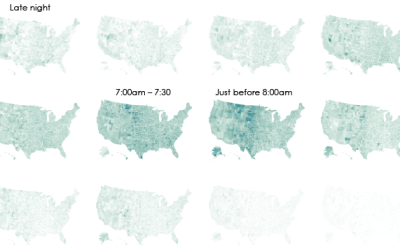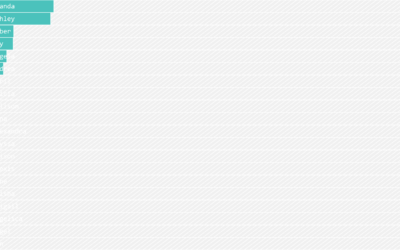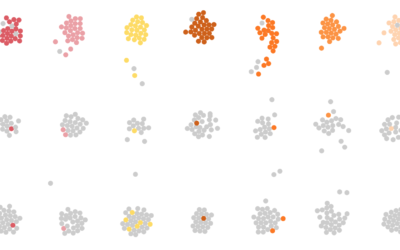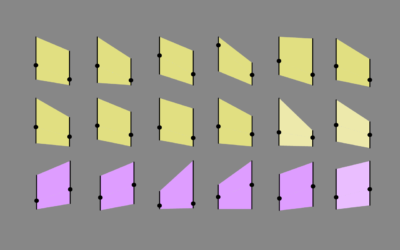Two Centuries of Population, Animated
You’ve likely seen the population density map of the United States in one form or another. A lot of people per square mile reside in big cities, fewer people reside in suburban areas, and a lot fewer people reside in rural areas. Cities weren’t always cities though. Rural wasn’t always rural. If you look at people per square mile over a couple of centuries, you get a better idea of how the country developed.
The animated map above shows population density by decade, going back to 1790 and up to recent estimates for 2015. The time in between each time period represents a smoothed transition. This is approximate, but it gives a better idea of how the distribution of population changed.
As you watch, keep in mind that the map is based on data that was available and that it only represents the United States population.
This is especially notable during the first century. No data shows in much of the country, the estimates are spotty in many territories, and there were people who lived in the blanked out areas before newcomers settled.
Nerd Notes
- I used R to generate the maps and FFmpeg to string the images into a video.
- Data are originally from the Census Bureau but made much more accessible by NHGIS.
Become a member. Support an independent site. Get extra visualization goodness.
See What You Get




